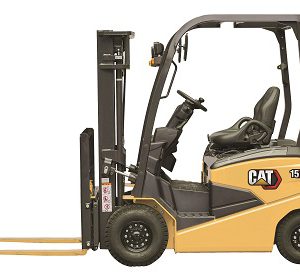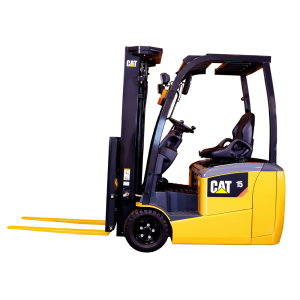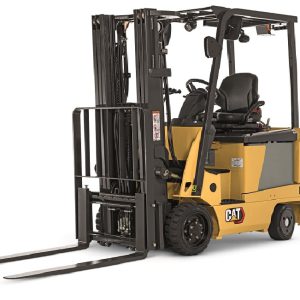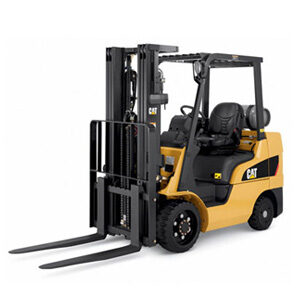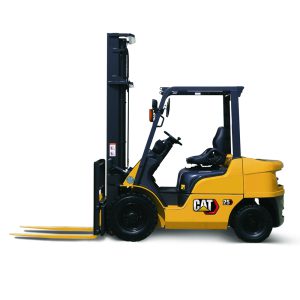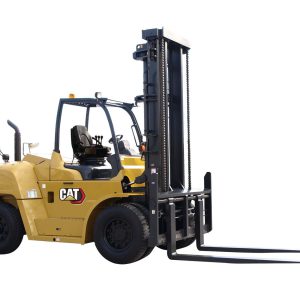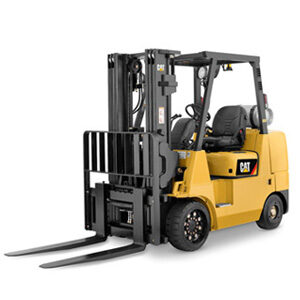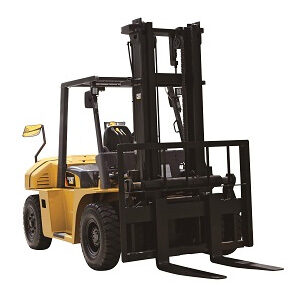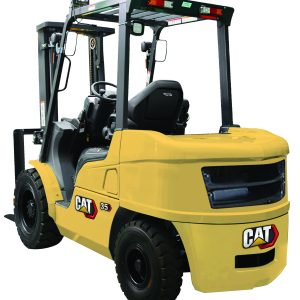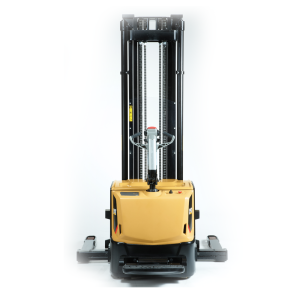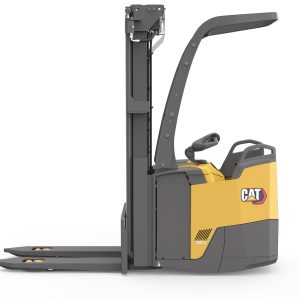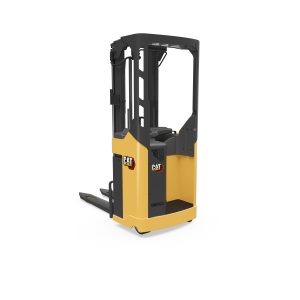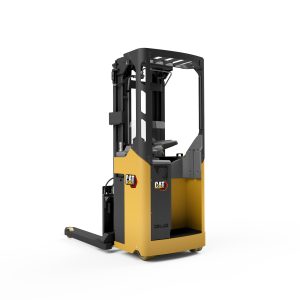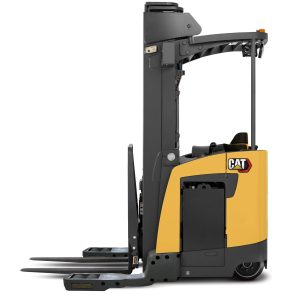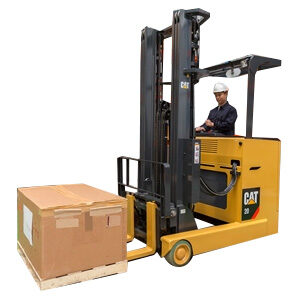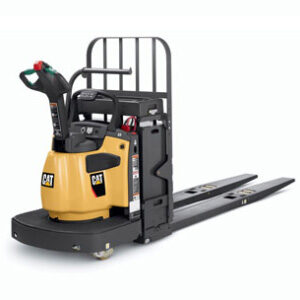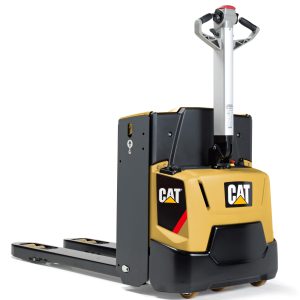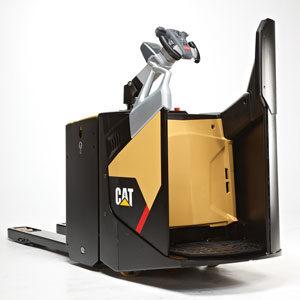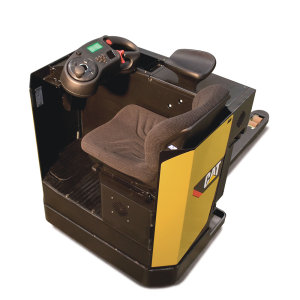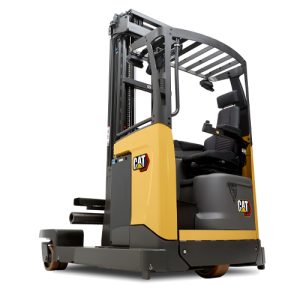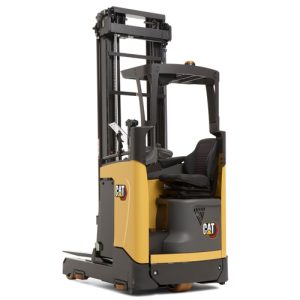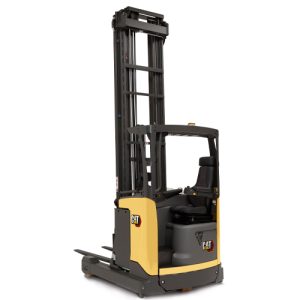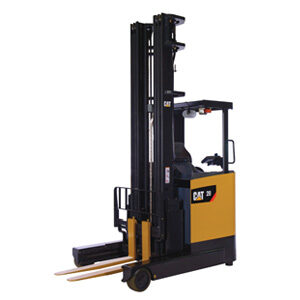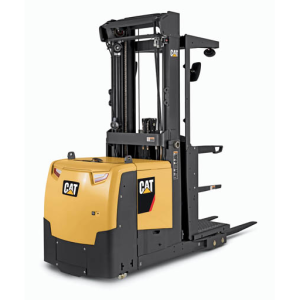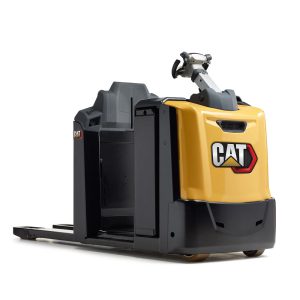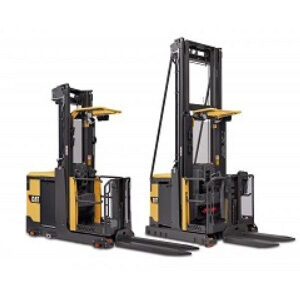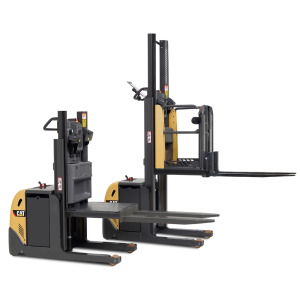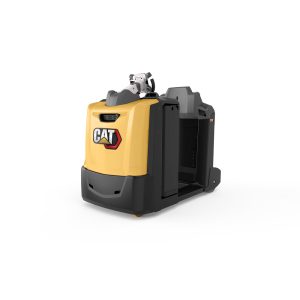
Maximise Your Forklift’s Battery Life
01/12/2014
Rising fuel prices and environmental concerns have encouraged many forklift owners to make the switch to electric trucks. While battery power delivers substantial savings – especially in the current financial climate – these can quickly be lost by poor battery care.
A typical forklift battery is worth up to 30% of a new truck’s value and offers you approximately 6,000 working hours. It is your fuel for the next five years or more… providing you look after it according to the manufacturer’s maintenance guidelines.
In addition to this, our list of seven best practice battery care tips offers you some helpful hints and tips to help you avoid the common pitfalls and keep your battery (and truck) in peak condition.
1. Schedule your workload around battery refueling times
This reduces downtime and the risk of accidents caused by drivers rushing to recharge when the battery is running low.
Remember: Batteries should not be put on charge more than once a day.
2. Don’t run beneath 20% capacity
Deep discharging harms the battery and causes your forklift’s electrical components to run hot – resulting in significant lift truck damage, including complete motor failure and burned components. And if that weren’t enough reason, your truck won’t be running its best at that level, either. At 80% discharge your truck’s traction and hydraulics will slow down, indicating that your battery is ready for changing.
If your battery does run flat – it will need a full, uninterrupted 8 hour charge cycle.
3. Give your battery a lunch break
It’s tempting to fall into the bad habit of quickly charging your truck during breaktimes. In the trade this is known as ‘opportunity charging’. A battery’s lifespan is determined by its charge cycles (i.e. how many charges it’s had). Short charges will result in a steadily declining battery efficiency – to the point where it won’t charge at all. Instead, allow your truck to cool off during downtime.
4. Check your water level regularly
Water plays a key role in the running (and life expectancy) of your forklift battery. During a charge cycle, it is heated up and splits into two gases, releasing hydrogen bubbles at the negative plates and oxygen at the positive. Allowing the water level in a cell to drop too low exposes plates to the air, allowing the active material in the plates to dry and become brittle, leading to permanent damage.
For this reason, it is essential for distilled water to be added to the battery at regular intervals (usually every 5 to 10 recharges). However don’t be tempted to overfill! Ensure you fill only up to the desired mark or the water will expand and overflow… leading to permanent damage.
Always top up after charging, not before.
5. Fast charge with caution
Fast charging might reduce downtime by as much as 10%, but it comes at a price. Any battery system can be fast charged, but the heat generated during the process can dramatically reduce a lead-acid battery’s life expectancy. Nickel and lithium batteries suffer from this, but to a much lesser extent. A knowledgable dealer or battery supplier can advise on effective ways to avoid temperature control problems while increasing productivity.
Keep fast charging for emergencies.
6. Keep a close eye on maintenance
One of the top causes of premature battery failure and loss is sulphation. This occurs naturally – as white sulphuric crystals attach to the lead plates – preventing the battery’s ability to accept, hold and deliver a charge. This problem can be caused by overfilling and is most commonly experienced in warm environments. More information about this far-too-frequently occurring problem can be found here
Check your battery for the development of white crystals as part of your daily checks. If you do spot the tell-tale signs of sulphation request a visit from an engineer who can advise on corrective measures.
7. Safeguard your charger
Action points
Do not charge a battery that has only been lightly discharged – it will prematurely destroy it!
Before disconnecting a battery from the charger, always make sure the cycle has finished
Only top up with distilled water
Check the condition of the charger’s plug and socket regularly
Electric batteries produce a gas mixture that becomes explosive at just 4% concentration
Charging areas are dangerous – posing a variety of ventilation, ignition, chemical, electrical and environmental risks. Get a free site survey today.


